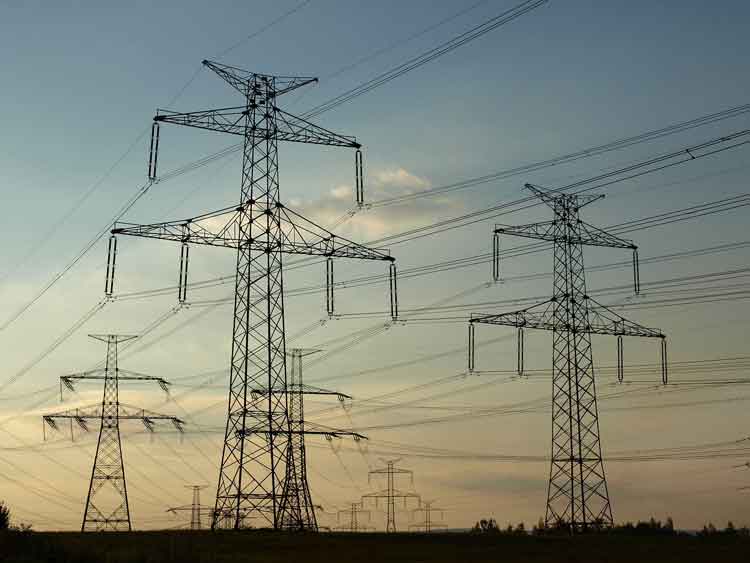Power rates up 7 per cent
COBOURG, ONTARIO - Effective May 1 an average homeownerÂ’s electrical bill in Cobourg and Colborne rises about seven per cent to cover both energy and distribution costs, says Lakefront Utilities Inc. treasurer Stewart Cunningham.
The more energy used, however, the higher the increase due to the two-step pricing imposed by the Ontario Energy Board.
For a residential customer who was previously billed $126.40 for using 1,000 kilowatt hours every two months by Lakefront Utilities Inc., the new bimonthly invoice will rise to a total of $135.61, Mr. Cunningham said in a recent interview.
For a residential customer who was previously charged $182.19 for using 1,500 kilowatts during a two-month period, it will rise to $199.98, he continued.
Cobourg has a lot of two-person households averaging 500 kilowatt hours per month, he added.
The billing increase includes both the cost of the energy and Lakefront Utility Inc.Â’s distribution costs.
The actual cost of power went up 15 per cent from 5 cents per kWh to 5.8 per cent per kWh on May 1, as set by the Ontario Energy Board (OEB).
Prior to the OEBÂ’s decision on the local utilities new delivery costs, Lakefront Utilities Inc. president Bruce Craig anticipated a reduction of about four per cent in the average residential customerÂ’s bill.
That was because the actual delivery costs were lower than those set in 1999, he said.
Delivery costs are just one component of the distribution costs in bringing energy to consumers.
For a residential customer who previously paid $126 every two months, $56 was the cost of energy and $70 was the cost of distribution.
With the new bills, energy costs for that same customer will be up significantly to $64.75 from $56, while distribution costs are only up marginally to $70.86.
Related News

Spain's power demand in April plummets under COVID-19 lockdown
MADRID - Demand for electricity in Spain dropped by 17.3% year-on-year to an estimated 17,104 GWh in April while the country’s economy slowed down under the national state of emergency and lockdown measures imposed to curb the spread of COVID-19.
According to the latest estimates by Spanish grid operator Red Electrica de Espana (REE), the decline in demand was registered across Spain’s entire national territory. On the mainland, it decreased by 17% to 16,191 GWh, while on the Balearic and the Canary Islands it plunged by 27.6% and 20.3%, respectively.
Renewables accounted for 47.9% of the total national electricity production in April.…




